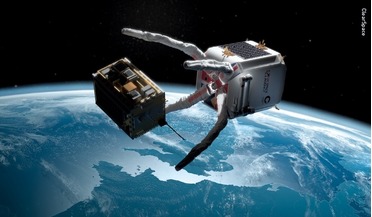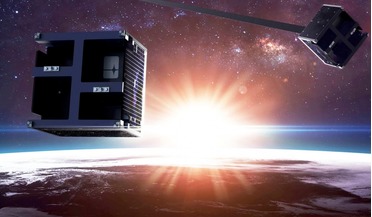 May 2019
Active debris removal faces legal minefield
May 2019
Active debris removal faces legal minefield
... the most cost-effective and efficient method of debris mitigation is Active Debris Removal (ADR) Items 6 and 7 of the Space Debris Mitigation Guidelines encourage states to take the necessary measures to remove objects from low Earth orbit (LEO) and...
 January 2023
Clearing space junk from orbit
January 2023
Clearing space junk from orbit
... about. They are leading the way to the commercial services that will be able to address our future active debris removal needs. About the author Romain Buchs is a Space Policy Analyst at ClearSpace where he coordinates strategic policy initiatives...
 September 2020
Tackling space debris - a global priority
September 2020
Tackling space debris - a global priority
... structure that increases the overall drag on the spacecraft, expediting the gradual decay of spacecraft orbit. For active debris removal (ADR) methods, on the other hand, the spacecraft nearing its end of mission utilises onboard thruster...
 September 2018
Debris or not debris - is that the question?
September 2018
Debris or not debris - is that the question?
... its target object, even in the case of a ‘puff of talc’, whether we are faced with ‘active debris removal’ or with a ‘space weapon’ - active debris removal, or not? In light of the potential for grave conflict or instigating an arms race, we should...
 September 2023
Getting a grip on space sustainability and space debris
September 2023
Getting a grip on space sustainability and space debris
... in parallel, and we can’t do that unless we work with others, and through others on a global scale. The UK-sponsored Active Debris Removal (ADR) mission is getting a bit of publicity now. Could you explain why it’s important and what we could expect...
 April 2025
Space sustainability and the role of space situational awareness
April 2025
Space sustainability and the role of space situational awareness
... satellite. ClearSpace is developing the European Space Agency’s flagship space debris removal mission (ClearSpace-1) and is developing Active Debris Removal missions capable of removing multiple dangerous objects from space with the UK Space Agency...